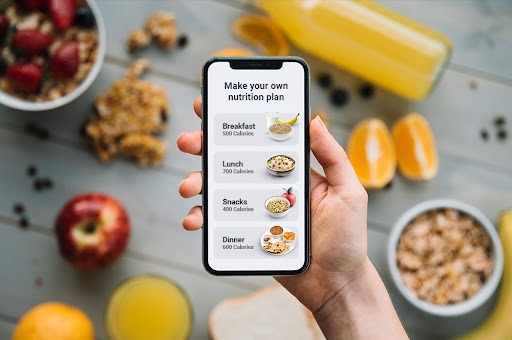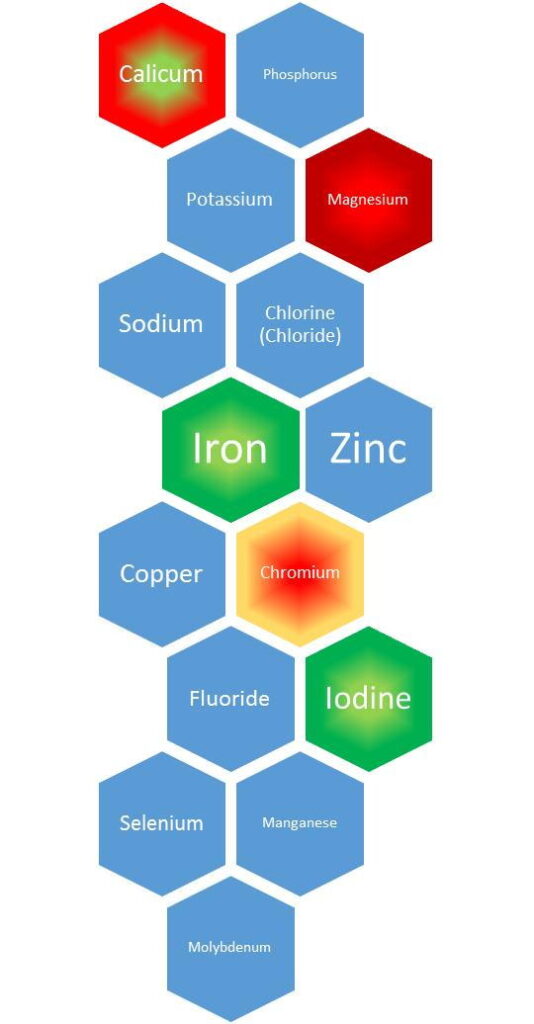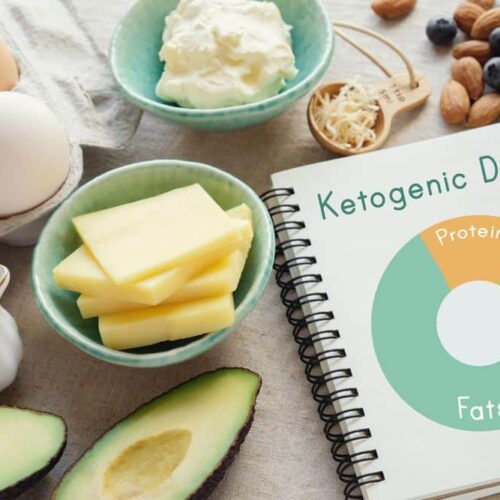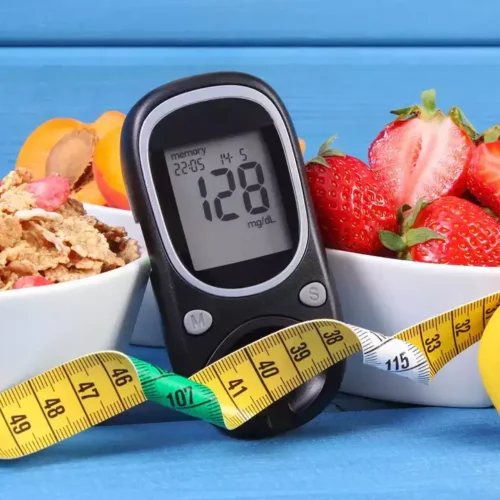By far the most common questions I am asked have to do with what nutritional supplements to take and, equally important, what not to take. After all, there are a staggering amount of choices out there. Anyone who has walked into the supplement section of a natural foods store or conducted a quick online searchon a vitamin supersite can attest to that. Making things even more complicated, there are new products coming to market almost daily. It’s easy to get lost with all the options to consider.
So how do you know if you’re taking the right supplements? Should you add the latest Amazonian herb you just read about to your supplement regimen? What if you want to cut back a little to save money—which supplements should you keep and which ones should you pitch?
These are the exact types of questions your Supplement Pyramid can answer for you.
What Is A Supplement Pyramid?
You’re familiar with the food pyramid, right? It’s an educational graphic tool that helps you design and follow a healthy diet by telling you how many servings you should eat from different food groups. The Supplement Pyramid is like the food pyramid in that it’s an educational graphic tool, but that’s where the similarities end.
Unlike its food counterpart, the Supplement Pyramid is personalized to meet your specific nutritional needs. After all, with the exception of a few foundational nutrients, there is no such thing as a one-size-fits-all supplement regimen. I think you’d agree with me that my needs are not yours and your needs are not mine.
Why a pyramid? First, because the pyramid structure is symbolic of stability. And second, because as you ascend up the levels of the pyramid, they shrink in size, representing their order of importance to your health. That means you’re going to build your Supplement Pyramid from the bottom up, like a real pyramid.
The Three Levels
Your Supplement Pyramid will have three levels. The bottom tier is the Foundation Level. It’s made up of nutrients essential to life. Because of their vital importance to human biology, we all need to take the same foundational supplements. The middle tier is the Personalization Level. This is the level that’s all yours. It’s comprised of nutrients specific to your personal medical history and health needs. The top tier is the Optimization Level. This is where all of the “extra” supplements come in that really take your health to the next or optimal level.
- The Foundation Level
The Egyptian pyramids have lasted for over 4,000 years because of one thing—a solid foundation. Your Supplement Pyramid needs a sturdy base too. The supplements comprising this level support basic life processes, such as cellular energy production, growth, repair, and regeneration.
No matter who you are or what you’re going through, you need the same foundational supplements as everybody else. Think of them as the essential nutrients for living well as a human. They include five building blocks:
An ideally dosed multivitamin/mineral
Omega-3 fatty acids
Coenzyme Q10
Probiotics
Curcumin - The Personalization Level
The middle part of the Supplement Pyramid is all about you. It’s about finding the right supplements to help you prevent the diseases most likely to affectyou personally. If you’re itching to find out which supplements will help you train for a marathon or reverse your cells’ biological clocks to prevent aging, we’ll get to that. Those types of personal health and wellness goals belong in the Optimization Level. This level is really designed to preventdisease.
You’ll complete three basic procedures in order to identify the supplements in your Personalization Level:
Personal and family medical inventories
Medical quizzes
Laboratory testing Personal And Family Medical Inventories
We all face different health challenges throughout our lives. Some of these you’ll have dealt with directly. You may have a history of heart disease, for example, or perhaps just some of the warning signs, like high blood pressure, elevated triglycerides, or insulin resistance. Other health challenges may not have touched you yet, but have affected members of your family, putting you at greater risk. A father, an aunt, or a grandparent may have had cancer orAlzheimer’s disease, for example.
Creating a personal and family medical inventory will help you identify past, ongoing, and potential problem spots for you to protect against. And that’s the beauty of the Personalization Level. This is not a one-size-fits-all solution. It’s tailored to your own specific medical needs.
Accounting for your personal and family health history is the first step in developing it.
Your detailed medical inventory will be comprised of several questions pertaining to major organ systems, including:
The cardiovascular system: heart and blood vessels.
The nervous system: brain and nerves.
The muscular system: muscles.
The digestive system: stomach, liver, and intestines.
The endocrine system: pancreas, glands, and hormones.
The immune system: thymus, spleen, and lymph nodes.
The skeletal system: bones and joints.
The respiratory system: lungs, sinuses, and bronchial passages.
The urinary system: kidneys and bladder. I’ll also ask you questions to see how you’re doing in the following areas:
Diabetes/metabolism
Eyes/ears/nose/throat
Mental health/mood You’ll note the obvious diseases, as well as the strange symptoms that haven’t been diagnosed yet. For example, let’s say your older sister suffers from chronic tremors of her hands, but her doctors don’t know why. And your mom remembers a great aunt that had similar problems. This information would beincluded in your inventory as a potential nerve disorder and would require appropriate supplementation.
Once you’ve identified past problems that you don’t want to come back, current problems to address, and potential problems in the future, you can take appropriate steps to protect yourself.



















